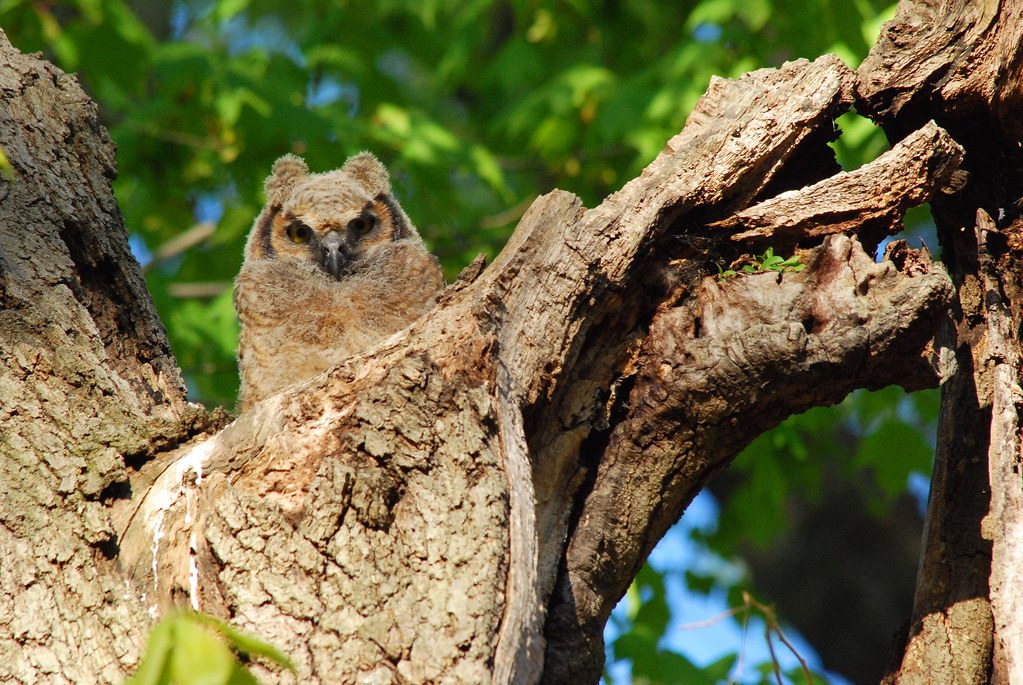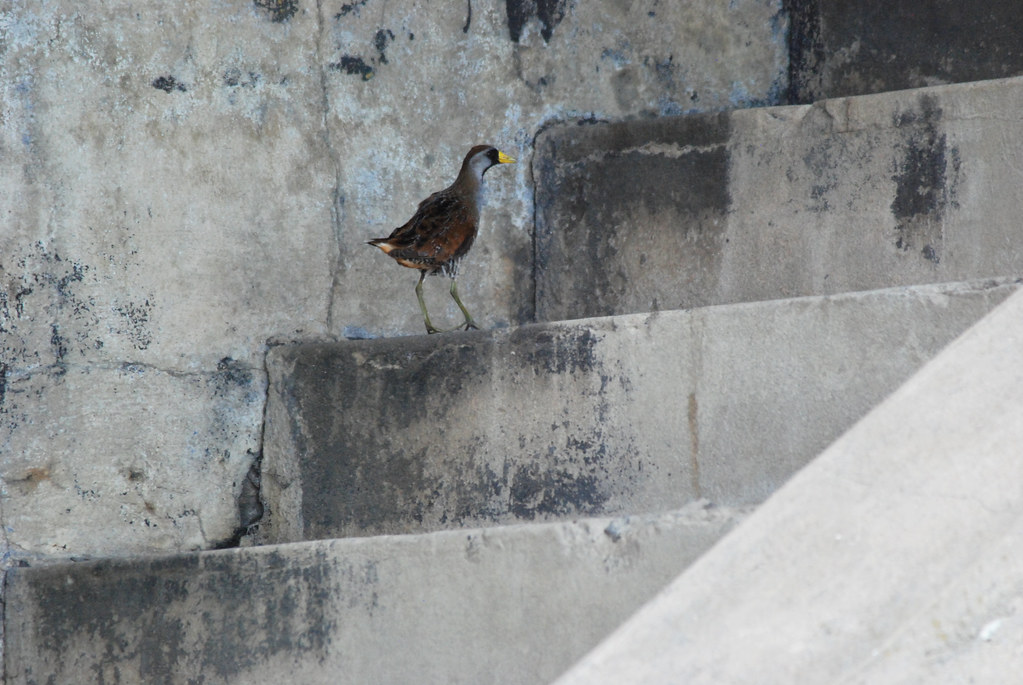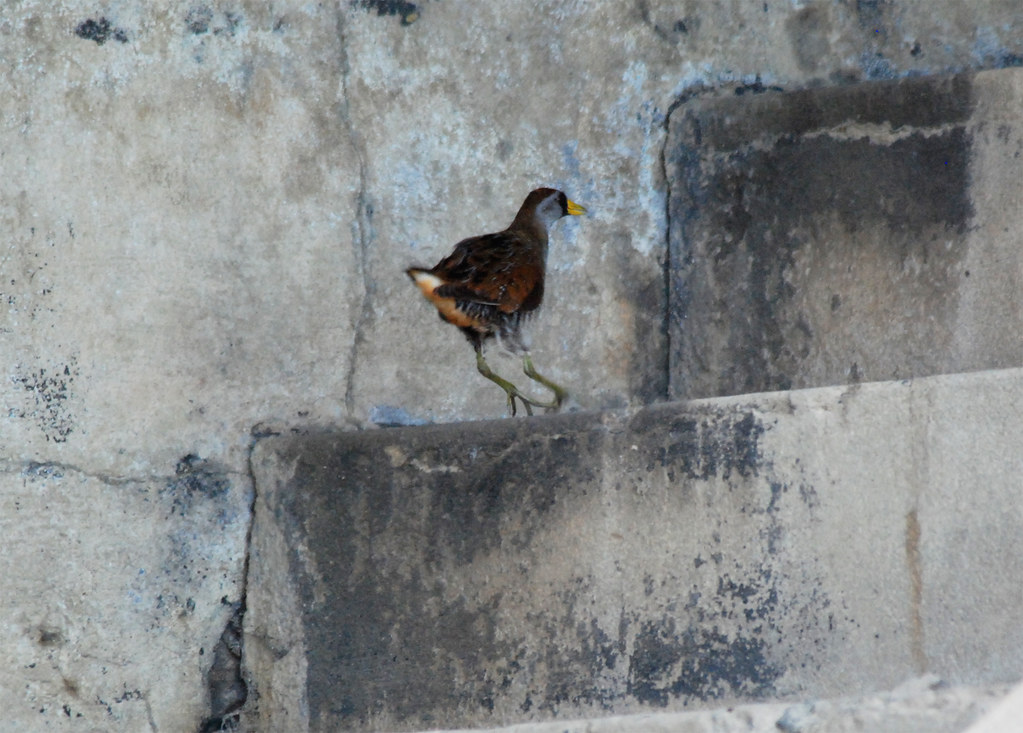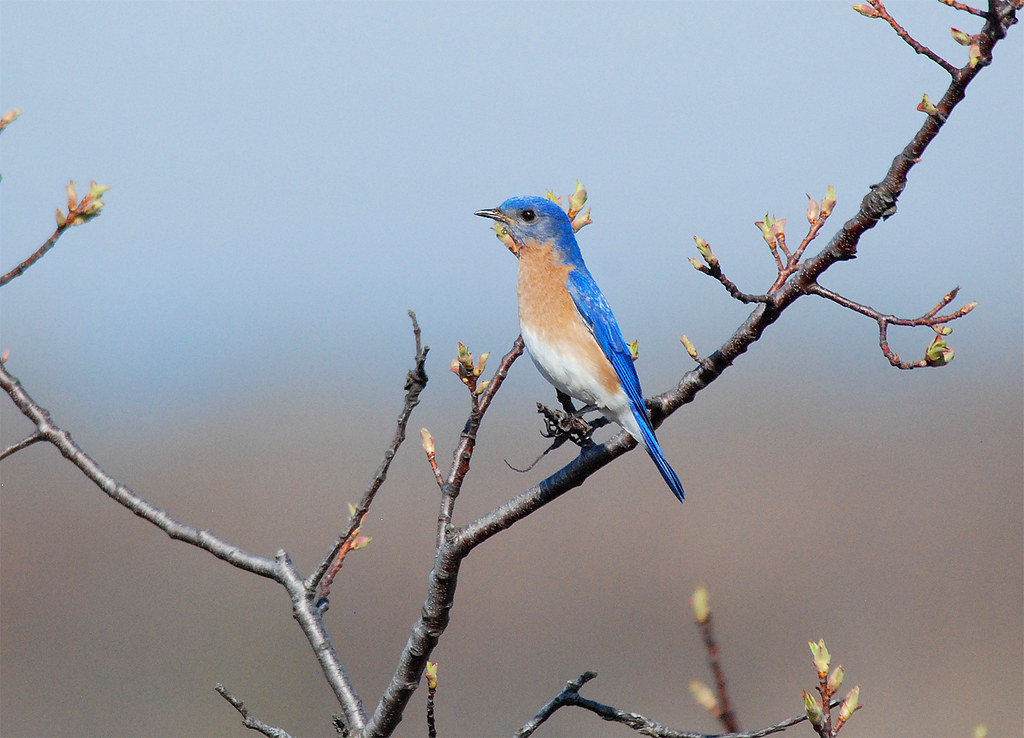Throughout the day there will be various tours, demonstrations, and lectures all over campus. On the big lawn on Cook/Douglass, the NJ Folk Festival will be held with live music, craft tents, artists, and food trucks. Read more about the food at Party of Two, our food blog.
The Ecology and Evolution Graduate Student Association will be leading tours throughout Helyar Woods and Rutgers Gardens during the day. It all kicks off at 8am as Brian Clough (member of our Scarlet Knight-Herons World Series of Birding team) leads a birding tour through Helyar Woods. Last year I co-led this tour with Charlie Kontos. We had a great turnout and ended up seeing a good number of bird species. Helyar Woods can be a great spot during migration, and there are sure to be a number of warblers and other songbirds flitting about. We had great looks at a Scarlet Tanager last year during the walk.

At 10am the husband-wife pairing of Kenneth Elgersma and Ai Wen will lead a "Scalies and Slimies" tour through the woods looking for any amphibians and reptiles they can turn up. We found a lone salamander last year during our bird walk, but they are sure to turn up more than that. The woods are home to a variety of snakes, turtles, frogs, and salamanders.
Sona Mason will lead a wildflower walk at 11am to round out the day at Rutgers Gardens/Helyar Woods. There are sure to be plenty of beautiful flowers to admire!
Faculty member Lena Struwe will lead a pair of tours through the Floriculture Greenhouse on Cook Campus. At 10:30 and 11:30 the walks will be "The Sex Life of Plants" and "Strange, Smelly, and Armed Plants", respectively. I've visited the Floriculture Greenhouse a number of times, and it is a REALLY neat place. There are a vast number of interesting and exotic plants to study and observe.
You can find more information about the April 24th events here:
http://agfieldday.rutgers.edu/
http://rutgersday.rutgers.edu/
http://www.ecogsa.rutgers.edu/agfieldday.html








